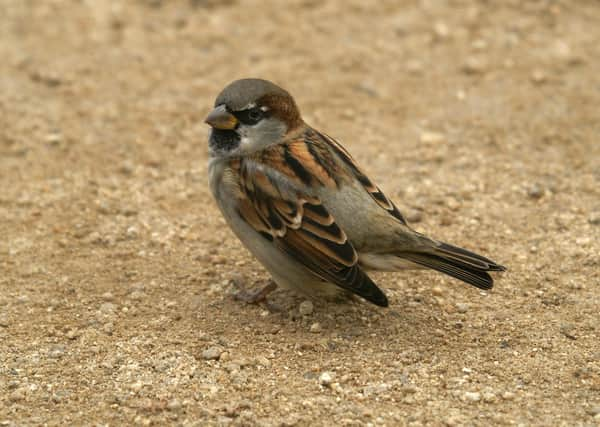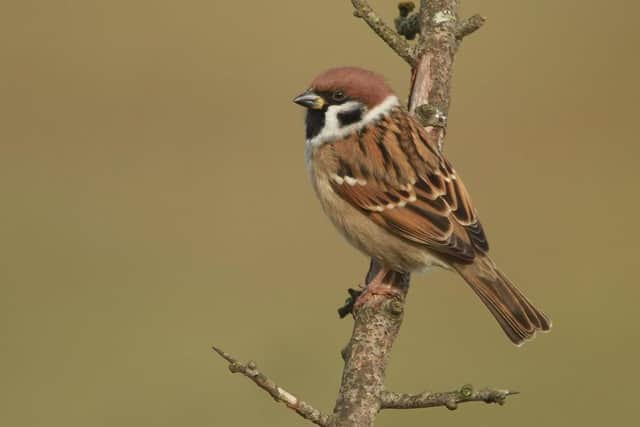COLUMN: Telling your house sparrows from your tree sparrows (and hedge sparrows - which aren’t actually sparrows)


Many people will say ‘cheep cheep’. Not that most small birds actually say that. But there is one type of small bird that do – the sparrows.
There are two kinds of sparrow that live in the UK. The commonest is the house sparrow. As the name suggests it likes to live around humans, in small colonies.
Advertisement
Advertisement
The males and the females look a little different. Both small and brown, the male is a chestnut brown with grey on top of the head and a little black beard. The female is a lighter brown with streaks on its wings. Previously almost ubiquitous near houses, they have suffered a severe drop in numbers over the last 30 years, losing almost two thirds of their population. OK, there are still a lot of them about. Just a lot less than there used to be.


The big losses have been concentrated in urban areas. The centre of London for example has seen a 99 per cent loss. The cockney sparra is, alas, no more!
The second kind of sparrow is the tree sparrow. Rather shyer than house sparrows, they are less likely to be found around human habitation. If they are, it is usually in small villages or farms. About the same size as a house sparrow, both males and females look the same. They resemble a male house sparrow, but have chestnut brown caps on top of their heads and black cheek spots.
They too have undergone a dramatic loss, the population has dropped by 90 per cent across the UK. However in recent years this drop has halted and there are some signs of a slight recovery.
Advertisement
Advertisement
There is a third bird that is sometimes called a sparrow. That is the dunnock or hedge sparrow. In truth, it isn’t a sparrow at all, but a relative of the robin. The beak is thin and designed for eating insects, rather than the stouter seed-eating bill of the sparrows. And the whole bird is a lot sleeker.
Unlike the small colonies of sparrows, dunnocks are solitary birds, quietly hiding away in bushes and other undergrowth. Rich brown on the back, they have grey faces and tummies.
So, can you spot a sparrow? The RSPB’s annual survey, the Big Garden Birdwatch happens on the last weekend of January each year. It is your chance to spend just an hour seeing which sparrows (and other birds) use your garden. Get it in your diary for next year now!